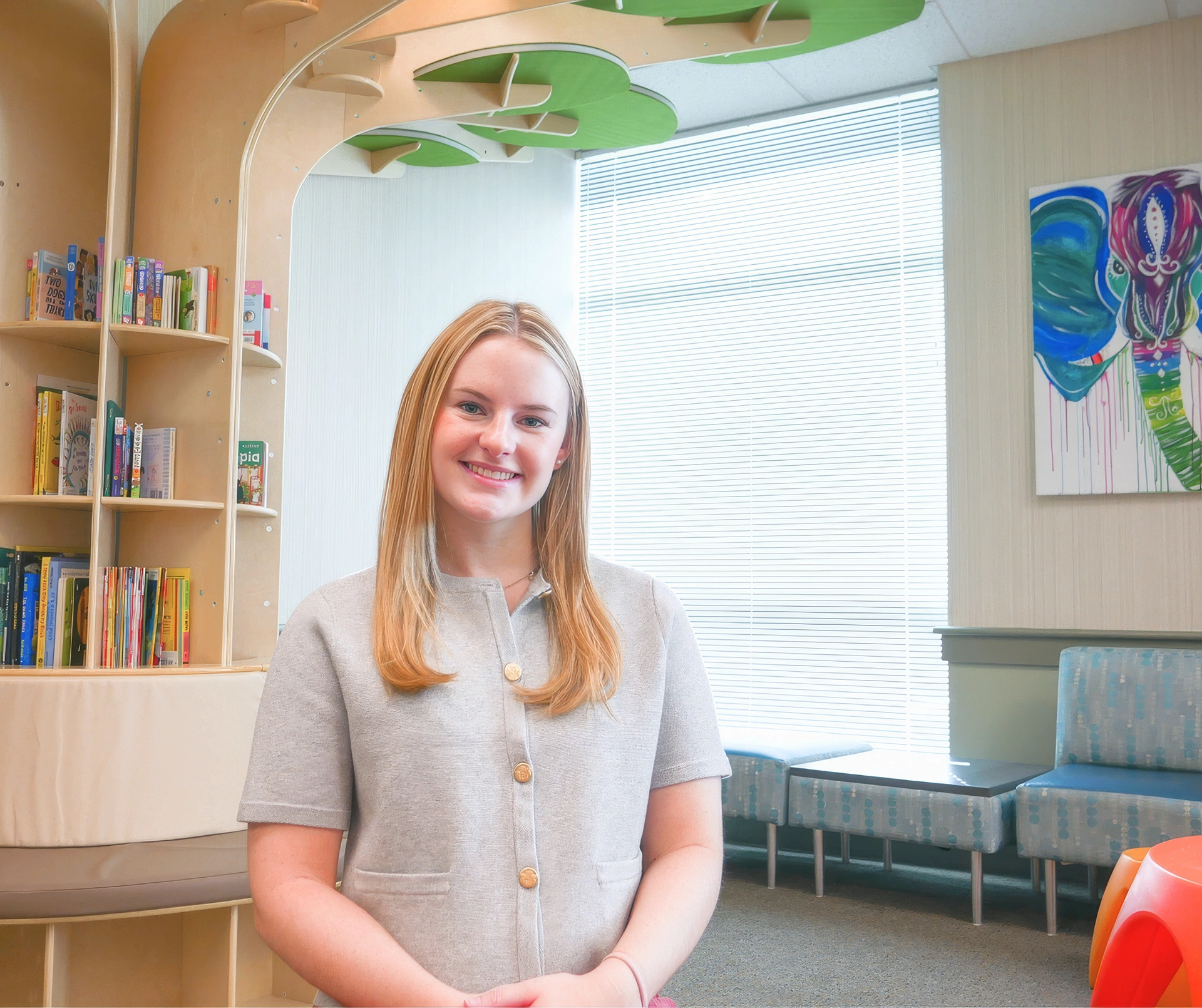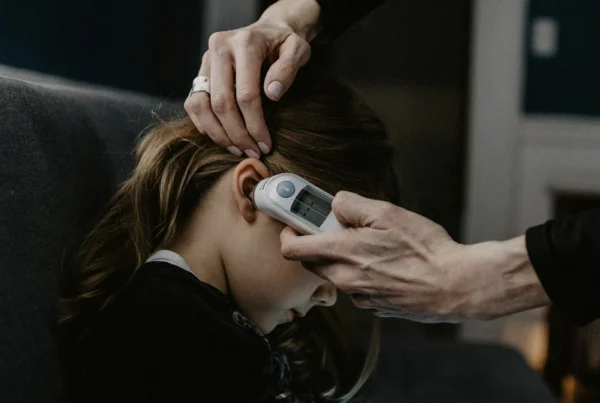For pediatric endocrinologist Dr. Paul Kaplowitz, most consults he receives through MAVEN Project follow a familiar rhythm — a lab value slightly out of range, a question about growth, or a concern about irregular periods that can safely wait for a specialist appointment.
“It’s rarely an urgent situation. In many cases, waiting is perfectly fine, especially with growth-related issues. A patient is not going to change drastically in 1 to 3 months,” he explained.
But one particular case broke that pattern.
A teenage girl in Pennsylvania arrived at LCH Health & Community Services with several months of headaches, irregular menstruation, and milky discharge from one of her nipples.
The provider ordered labs — and one number immediately stood out. Her prolactin level was 217 ng/mL.
“Prolactin is made in small amounts in everyone,” Dr. Kaplowitz said. “A normal prolactin level is under 25. In females, levels rise in pregnancy to prepare the breast for lactation. A lactating mother might be in the hundreds, it fluctuates. When I saw this patient’s prolactin level was 217, I knew right away that we were dealing with a prolactinoma.”
The provider had already recognized something wasn’t right. Her assessment included concern of a pituitary adenoma, but she faced a common barrier: the patient had no insurance. The process of applying for assistance and securing an endocrinology referral could take time.
Dr. Kaplowitz, a retired pediatric endocrinologist who now volunteers both with MAVEN and a safety-net clinic in Virginia, knew exactly how to advise the nurse practitioner caring for the patient.
He advised her to call the nearest pediatric endocrine center directly and ask to speak to the on-call doctor.
“In situations like this,” he explained, “it’s not helpful to fax a lab report and hope someone sees it quickly. The on-call doctor is the one who can get help quickly. Most large centers will see urgent patients without insurance and help them apply later.”
The provider called her local pediatric endocrinology office, who immediately directed her to send the patient to the ER for an urgent MRI.
The results confirmed Dr. Kaplowitz’s suspicion: a 20 mm macroadenoma.
“While that may sound like a small tumor, it’s actually larger than the entire pituitary gland,” Kaplowitz said. “The headaches were a worrisome sign. A 20 mm tumor in that location can press on the optic nerves. If we had waited, she might have had diminished vision and in that case, it would have been detrimental.”
The patient was started on cabergoline, a dopamine agonist that shrinks the tumor and normalizes prolactin levels.
For Dr. Kaplowitz, the case stands out precisely because it was unlike most of the other consults he’s reviewed.
“This patient would have eventually been seen [without consulting MAVEN], maybe in a couple weeks, maybe in a couple months. But given the size of the tumor and the fact that she was having headaches already, she could have been seen when the situation was much more dire,” Dr. Kaplowitz said.
MAVEN Project connects frontline providers at safety-net clinics across the country with expert physician volunteers when they need it most. With 246 volunteers spanning 69 specialties and subspecialties, MAVEN helps bridge critical gaps in care — ensuring that patients who might otherwise be overlooked receive the timely, expert guidance they deserve.
In this case, timely collaboration between a provider and a MAVEN volunteer transformed what could have become a life-altering situation into a manageable condition. It’s a powerful reminder that having the right expertise at the right moment can make all the difference.





